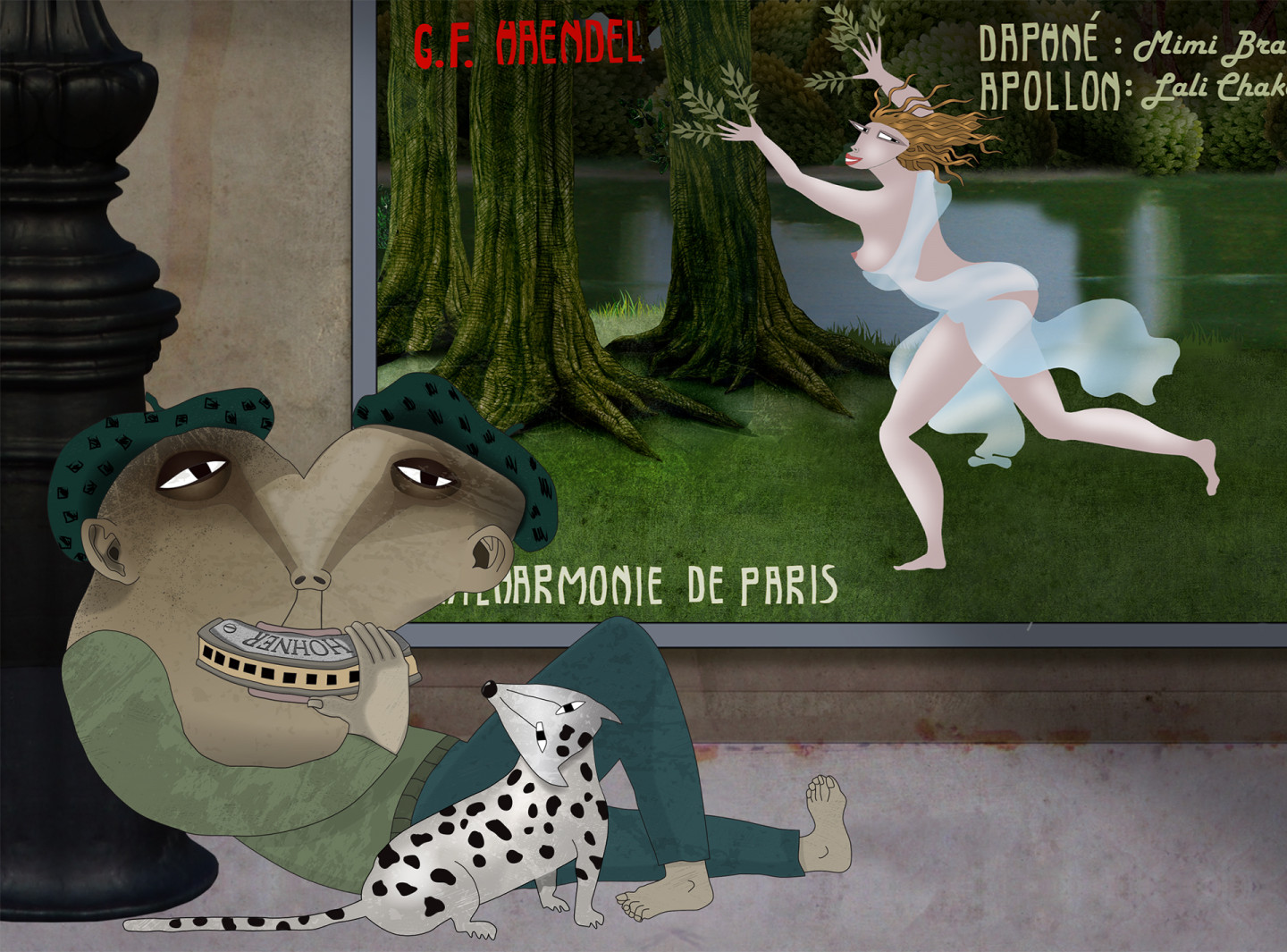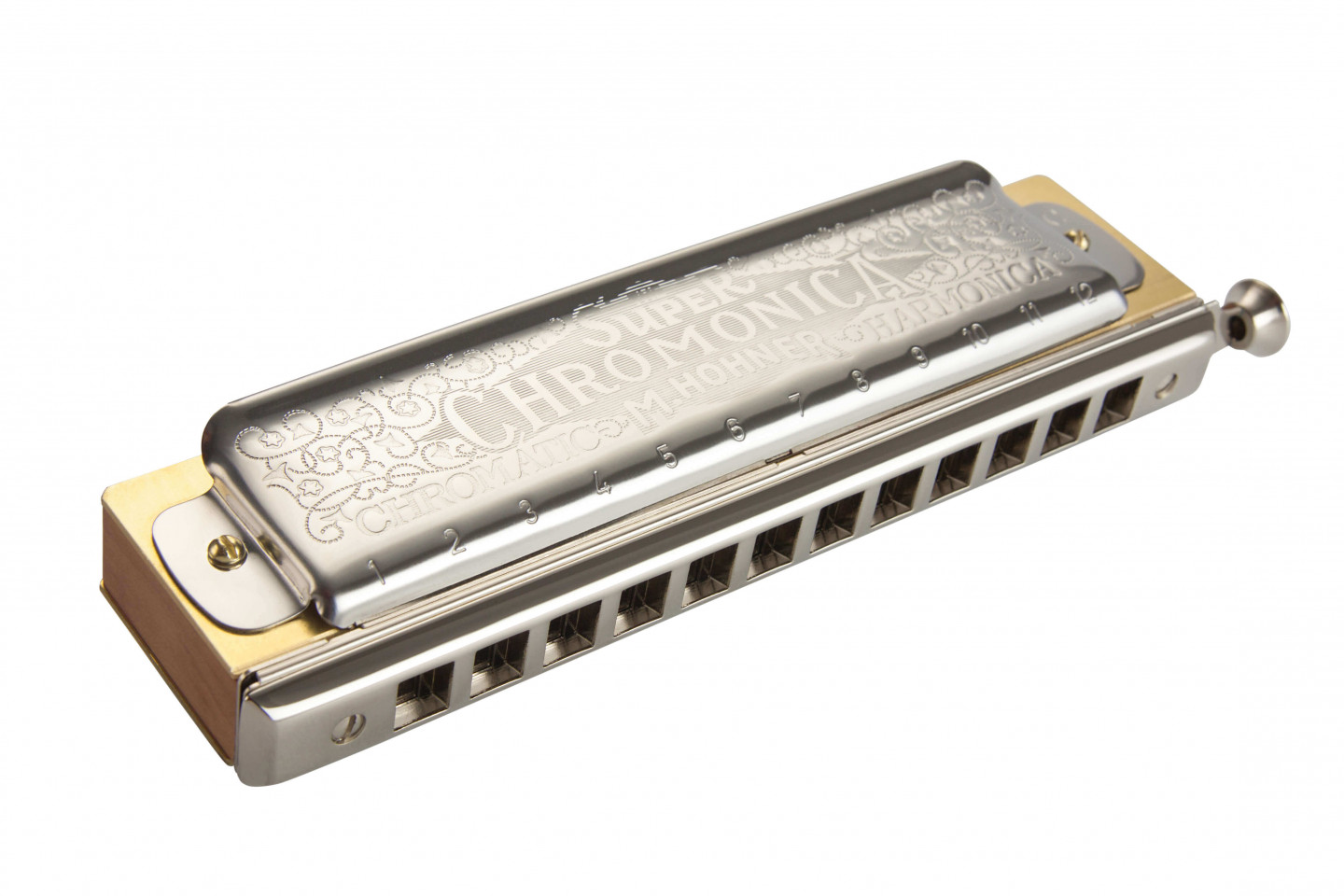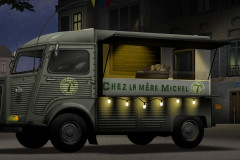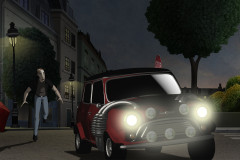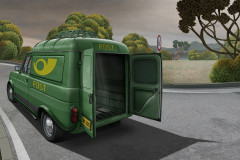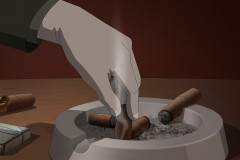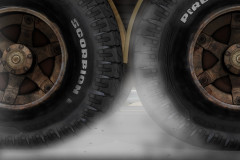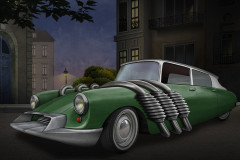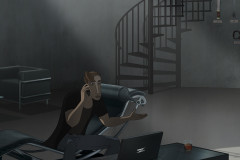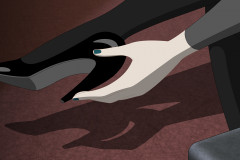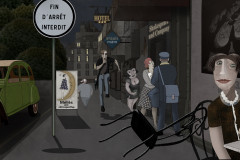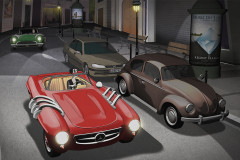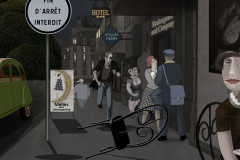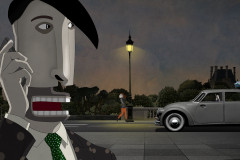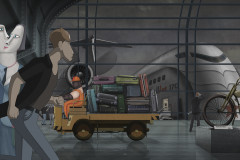Végre egy hangszer, ami mindenki számára elérhető! Elfér a zsebedben, igazi hangulatteremtő, csak párezer forintba kerül, és akár önképzéssel is megtanulható. Fújni is lehet, meg szívni is. Általában a bluesdalokhoz kötjük, pedig komolyzenét is játszanak rajta. Sőt, a 19. században rézfúvós zenekaroknak is szólóhangszere volt.
A szájharmonika a 19. század találmánya volt Európában, bár sokan talán amerikai eredetű hangszernek vélik. Az 1820-as években bukkant fel német területen, az 1830-as években pedig már a tömeges gyártása is elkezdődött, meglepően nagy számban. Máig is ez a legtöbb példányban előállított hangszer. A legismertebb harmonikagyártó ma a német Hohner cég, amely főleg jazz- és bluesharmonikákat készít. A cég a virágkorát a 20. század első felében élte, akkor a világ szájharmonikáinak több mint a felét ők állították elő.
Talán nem mindenki boncolt már szájharmonikát, de a rezgő érzést mindenki ismeri, ami a harmonikába fújva keletkezik. A hangszer belsejében rövidebb-hosszabb rézlapocskák vannak egymással párhuzamosan, azok szólalnak meg aszerint, hogy melyik nyílásba fújunk bele. Egyszerűnek tűnik? Azért lehet bonyolítani. Nem csak egyféle szájharmonika létezik, hanem hangsorok szerint különfélék, és játék közben váltogatni lehet a hangszereket. Az ún. diatonikus szájharmonikákból a különféle hangnemek törzshangjai csalhatóak ki – különleges fújástechnikával pedig díszíteni is lehet. Az ún. kromatikus szájharmonikákon viszont a 12 hangra osztott oktáv minden hangja lejátszható, azaz a félhangok is, csak meg kell húzni a szájharmonikában lévő váltót, ami rekeszként működik.
A Volt egyszer egy vadnyugat szájharmonika-dallama mindenkinek a fülében cseng – Ennio Morricone zenéje annyiban is telitalálat, hogy a vadnyugat country-zenéjében valóban nagy szerepet kapott a szájharmonika. Magyarországon viszont csak a második világháború előtt lett széles körben ismert és népszerű, méghozzá a cserkészmozgalomban. A nemzetközi komolyzenében inkább ritkaságnak számít a szájharmonika, de akadtak azért zeneszerzők, akik írtak rá darabot, például Heitor Villa-Lobos és Malcolm Arnold. De sok más zenei irányzatban felbukkan, még a népzenében is, pl. az ír folkzenében. A blues pedig valóban elképzelhetetlen nélküle.
Álljon itt néhány előadó neve, akik maguk is szájharmonikáznak. Pop: Shakira, Stevie Wonder, John Lennon; rock: Steven Tyler, Mick Jagger, Tom Petty; blues: Sonny Terry, Big Walter Horton, Paul Butterfield; jazz: Toots Thielemans, Howard Levy, Carlos del Junco; folk: Bob Dylan; country: Charlie McCoy. És pár név mai magyar előadók zenészek közül, a teljesség igénye nélkül: Bodonyi Attila, Bacsek István, Ferenczi György, Lázi Szabolcs, Flór Gábor, Pribojszki Mátyás.
Harmonica
Finally, an instrument that’s truly accessible to everyone! It fits in your pocket, sets the mood instantly, costs only a few thousand forints, and can be learned even without formal training. You can blow into it—or draw air through it. Most commonly associated with blues music, the harmonica is also used in classical pieces and was even featured as a solo instrument in 19th-century brass bands.
Although often assumed to be American in origin, the harmonica was actually invented in 19th-century Europe. It first appeared in German-speaking regions in the 1820s, and by the 1830s, it was already being mass-produced—remarkably, in large numbers. To this day, it remains the most widely manufactured musical instrument in the world. The most famous harmonica producer is the German company Hohner, best known for its jazz and blues harmonicas. The company reached its peak in the first half of the 20th century, producing more than half of the world’s harmonicas at the time.
Not everyone has taken a harmonica apart, but most people recognize the unique buzzing sensation created when playing it. Inside, there are parallel metal reeds of varying lengths that vibrate depending on which hole is blown or drawn through. Sounds simple? It can get more complex. Harmonicas come in different types based on scale, and players often switch between instruments during a performance. Diatonic harmonicas allow access to the core notes of a specific key and can be ornamented with special blowing techniques. Chromatic harmonicas, on the other hand, cover all twelve semitones of an octave, thanks to a sliding button that redirects air through different reed chambers.
The harmonica theme from Once Upon a Time in the West is instantly recognizable—Ennio Morricone’s score is a perfect fit, as the harmonica truly played a significant role in the music of the American West. In Hungary, the instrument only became widespread before World War II, mainly through the scout movement. In international classical music, it’s more of a curiosity, but some composers—like Heitor Villa-Lobos and Malcolm Arnold—have written pieces for it. It also appears in a variety of genres, including folk (notably Irish folk), and of course, blues—which would be unimaginable without it.
Here are just a few well-known harmonica players:
Pop: Shakira, Stevie Wonder, John Lennon
Rock: Steven Tyler, Mick Jagger, Tom Petty
Blues: Sonny Terry, Big Walter Horton, Paul Butterfield
Jazz: Toots Thielemans, Howard Levy, Carlos del Junco
Folk: Bob Dylan
Country: Charlie McCoy
And from Hungary, without attempting to list everyone: Bodonyi Attila, Bacsek István, Ferenczi György, Lázi Szabolcs, Flór Gábor, Pribojszki Mátyás.






